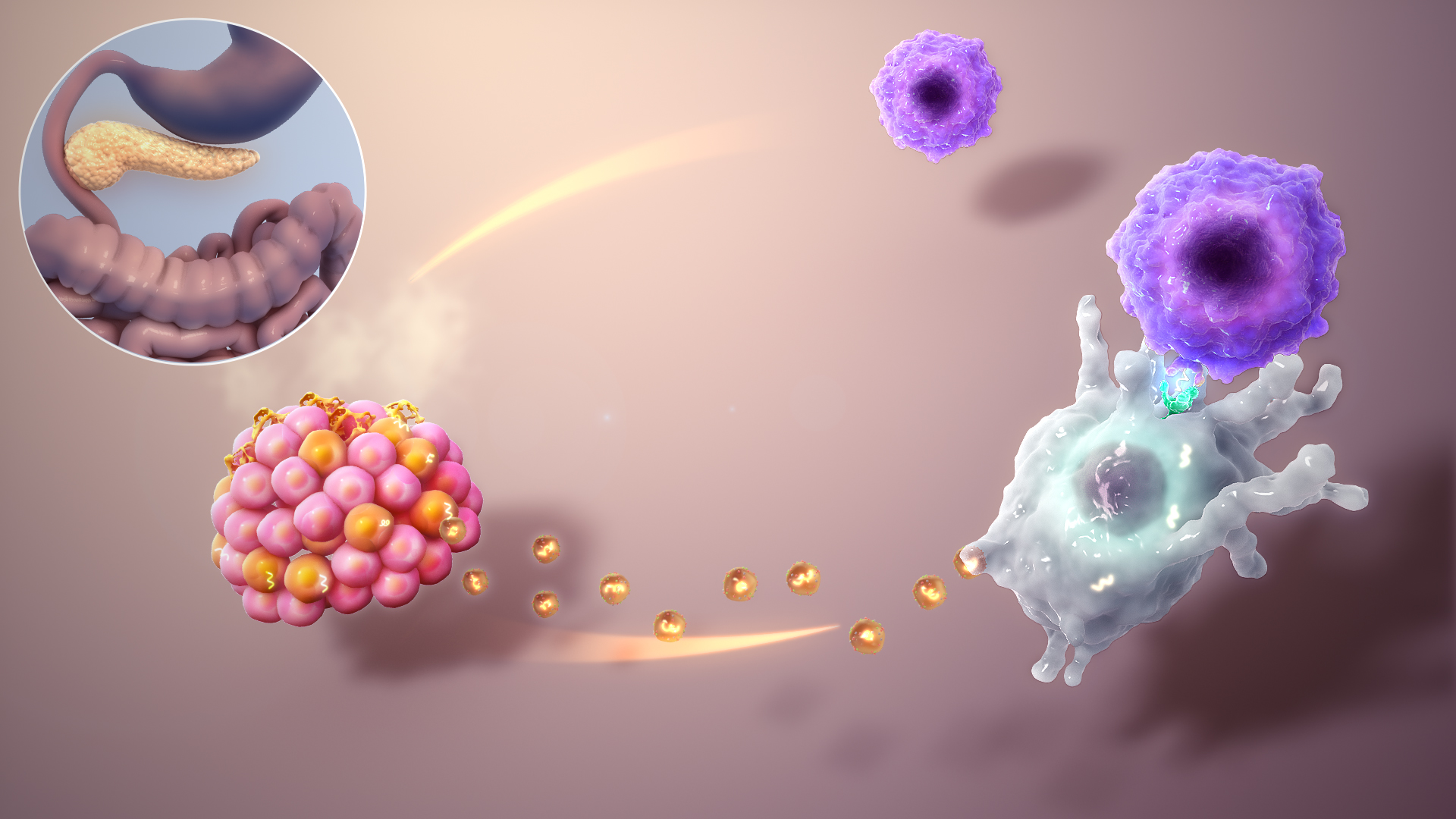The term Diabetes Mellitus (DM) describes a complex metabolic disorder characterized by chronic hyperglycemia as a result of insufficient insulin secretion and/or decreased tissue response to insulin, leading to abnormally high blood glucose concentrations. The etiology of the disease is very diverse, and the risk factors, both genetic and environmental, involved in its development are very different for each type of diabetes.
From the genetic point of view we can differentiate two large groups; polygenic diabetes and monogenic diabetes. Polygenic diabetes includes type 1 diabetes, in which there is an autoimmune destruction of the insulin-producing β-pancreatic cells of the islets of Langerhans, and type 2 diabetes, the most common type of DM, representing approximately 90% of cases in adults, in which there is a deficiency in the production of insulin by the β-pancreatic cells or a lack of insulin action on the target cells.
Monogenic diabetes is a heterogeneous group and much less frequent than polygenic diabetes, accounting for only 5% of all cases of DM. To date, more than 30 genes have been described in which pathogenic variants have been identified that can affect the process of insulin synthesis, its secretion or its functionality. Within this group are classified monogenic diabetes of adolescent or young adult onset (MODY), monogenic neonatal diabetes and monogenic diabetes associated with complex syndromes.
Genes associated with different types of diabetes
Polygenic diabetes
The susceptibility genes for type 1 diabetes are those of the major histocompatibility complex (MHC), in particular HLA-DR3,DQB1*0201 and HLA-DR4,DQB1*0302, which are found in > 90% of patients with type 1 DM. These susceptibility genes are more prevalent in some populations than in others, which explains the higher prevalence of type 1 diabetes in certain ethnic groups. Non-HLA genes such as INS, CTL4, PTPN22, PTPN22, IL2RA and IFIH1 contribute much less to the development of type 1 DM. Furthermore, the lack of knowledge about the involvement of these genes in the onset and development of the disease limits their clinical utility.
The pathogenesis of type 2 diabetes is complex and poorly understood. At the same time, complex inheritance patterns and the influence of environmental factors on gene expression make identification of the genes involved a difficult task. To date, a limited number of polymorphisms in the PPARG and KNCJ11 genes have been found to be associated with the development of the disease. On the other hand, GWAS (Genome-wide Association Study) studies have identified more than 80 susceptibility loci for the development of type 2 diabetes.
Monogenic diabetes
MODY type diabetes represents a clinically heterogeneous group of autosomal dominant disorders caused by mutations in genes involved in both pancreatic β-cell development and insulin secretion. Approximately 90% of MODY type diabetes in Caucasian ethnicity is caused by pathogenic variants in the GCK, HNF1A and HNF4A genes . Heterozygous inactivating mutations in the GCK gene (MODY 2) cause dysregulation of insulin secretion leading to mild hyperglycemia that does not cause complications or require treatment. Pathogenic variants in heterozygosity of the HNF1A gene (MODY 3) cause a reduction in insulin secretion and account for 30-60% of monogenic diabetes. Pathogenic heterozygous variants in the HNF4A gene (MODY 1) are less common, resulting in a clinical picture similar to that of patients with mutations in the HNF1A gene.
In monogenic neonatal diabetes the onset of the disease occurs before six months of life. Approximately 60% of cases are due to pathogenic variants in the ABCC8 or KCNJ11 genes, while involvement of other genes such as PTF1A is much less common and is associated with syndromic cases.
Finally, there are more than 80 different genetic syndromes associated with glucose intolerance and in some cases with clinical diabetes. The pathogenic mechanisms behind these syndromes are very varied and include absolute insulin deficiency due to degeneration of the pancreas (e.g. relapsing hereditary pancreatitis, cystic fibrosis, polyendocrine deficiency syndromes etc.), relative insulin deficiency, inhibition of insulin secretion (e.g. hereditary pheochromocytoma, syndromes associated with elevated catecholamines, etc.), deficits in the interaction of insulin with its receptor (e.g. myotonic dystrophy, lipoatrophic syndromes, etc.) and relative insulin resistance, as occurs in hereditary syndromes associated with obesity.
Benefits of genetic screening
Most monogenic diabetes presents a heterogeneous and non-specific clinical picture, so it is estimated that a high percentage of cases remain undiagnosed or are misdiagnosed as type 1 or type 2 diabetes. This fact highlights the need for more accurate diagnostic tools to allow a correct classification of the disease and to avoid misdiagnosis.
Genetic studies can help to identify the pathogenic variants associated with different types of diabetes, thus establishing a correct diagnosis of the disease that allows the clinician to implement the appropriate therapeutic strategies in each case. The development of massive sequencing technology (NGS) has made it possible to drastically reduce the cost of genetic studies and to design panels that specifically study genes with clinical associations for different diseases according to worldwide reference databases such as OMIM, Orphanet, ClinVar and GeneReviews, among others. In the specific case of diabetes, its complexity and the unspecificity of the symptoms with which it can present make it necessary for any genetic study to always have prior advice from geneticists who exhaustively study the patient's family history and clinical history to individually evaluate the need, or not, to perform a genetic analysis and the genes to be studied in each case.
In summary, the correct identification of causal variants and a better understanding of the interactions between genes, and of these genes with the environment, will improve our understanding of the pathophysiology of DM, as well as the clinical utility of available and new predictive genetic markers that will be associated with it in the future, and consequently improve the diagnosis and clinical management of diabetes for the benefit of patients' quality of life.
BIBLIOGRAPHY
- Castaño L. et al. Impact of advances in genetics on the diagnosis, treatment and prevention of diabetes mellitus. Rev Esp Endocrinol Pediatr 2021; 12 (Suppl 2).
- Giraldo Ospina G. et al. Genetic syndromes associated with diabetes mellitus. Rev Esp Endocrinol Pediatr 2015; Volume 6. Number 2.
- Brutsaert E. Diabetes Mellitus. MSD Manual 2020.





